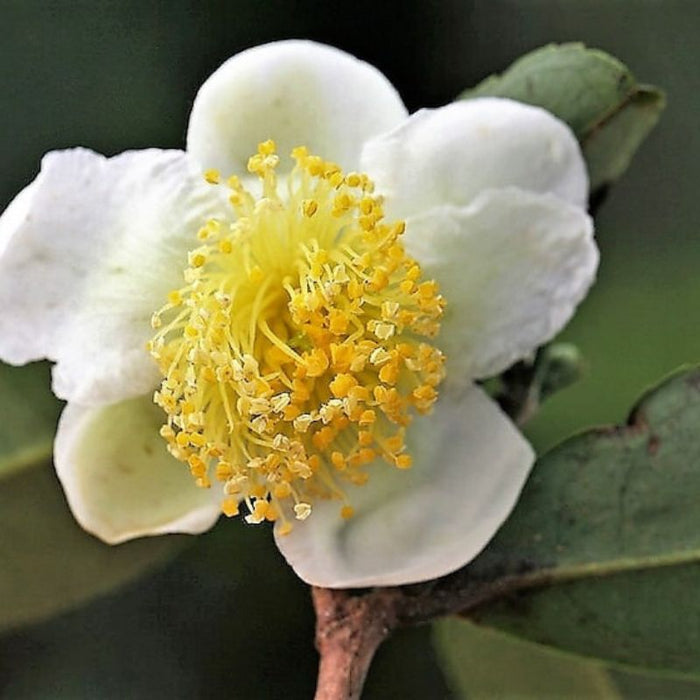
Camellia Sinensis Seeds
Save 50%
Original price
$20.00
Original price
$20.00
-
Original price
$20.00
Original price
$20.00
Current price
$9.99
$9.99
-
$9.99
Current price
$9.99
Enhance your gardening experience with Camellia Sinensis Seeds and discover a range of flavors and fragrances. As you cultivate these seeds in average soil with ample watering, you'll soon have your own homegrown tea leaves. The Tea Plant blooms throughout the year, providing a constant display of natural beauty.
Details:
- Color: White with Yellow Centers
- Plant Seeds: Fall / Cold stratify / Outdoors after frost / Indoors weeks before last frost
- Bloom Time: Spring - Year Round
- Harvest: From Spring On / Year Round
- Plant Height: 4 - 6'
- Plant Spacing: 4 - 6'
- Light Requirements: Sun - Part Shade
- Soil And Water Preferences: Average
- Quantity: 5 Seeds







